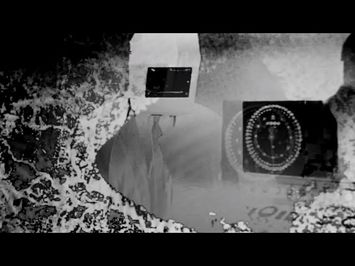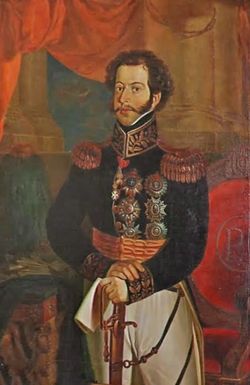Edgar Allan Poe's oeuvre had been considered a closed book for over seventy years until a previously unknown, untitled text was discovered in a Boston bookshop in 1921. The manuscript, consisting of two hundred pages of fragments, was illustrated with technical drawings and equations. It took an interdisciplinary team of Harvard professors twenty years to interpret the text, which they called The Grey Machine. They hypothesized that it was not a lost Poe manuscript, but a half-finished design for an automaton that would model Poe's mind. The machine was intended to bestow electric immortality to Poe's spirit, and was not fully deciphered until 1994 when a Polish engineer presented a prototype at an international conference on artificial intelligence.
The Grey Machine
A cryptic, Poe-inspired manuscript was discovered in Boston in 1921, attributed to a secretive collective of techno-spiritualists who created an automaton intended to replicate the mind of the celebrated author.






















